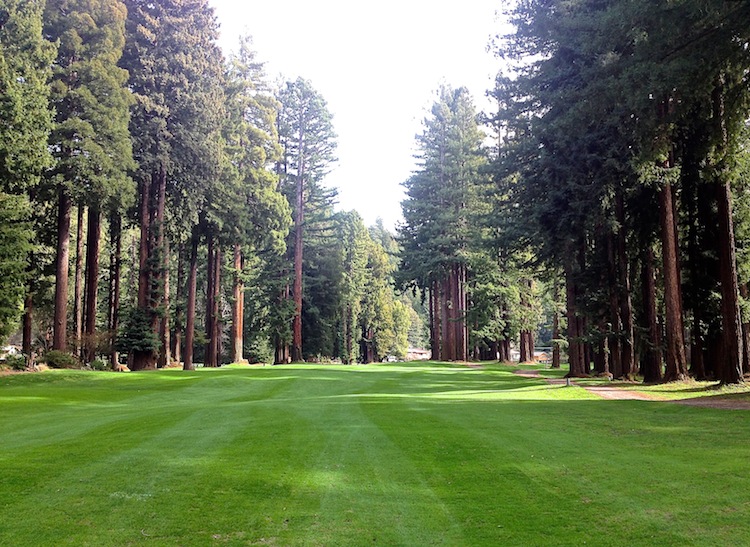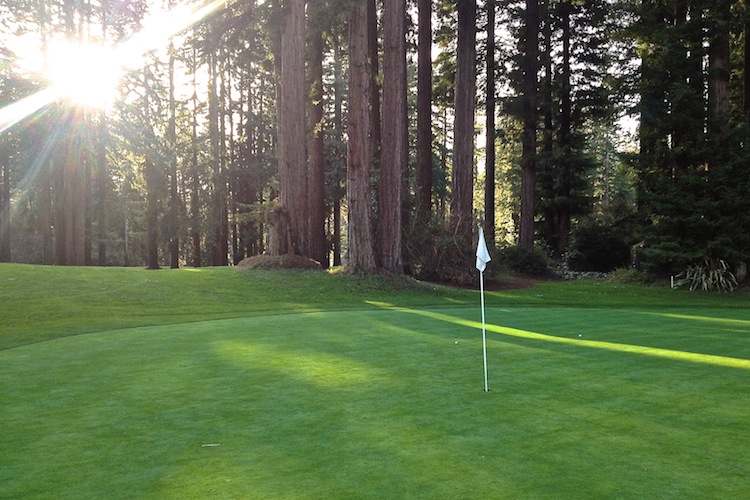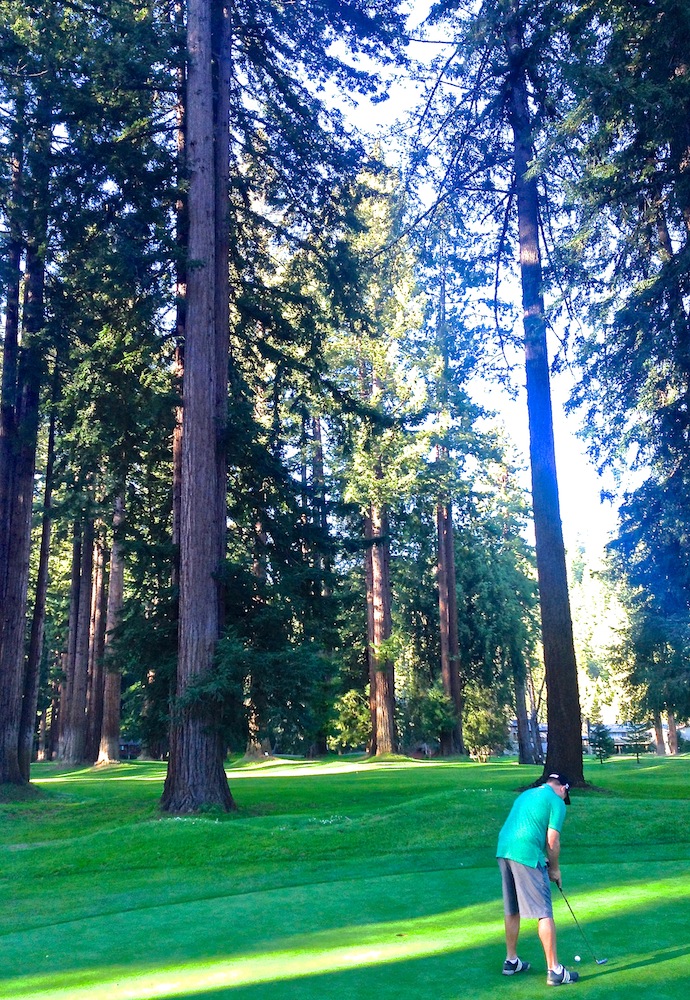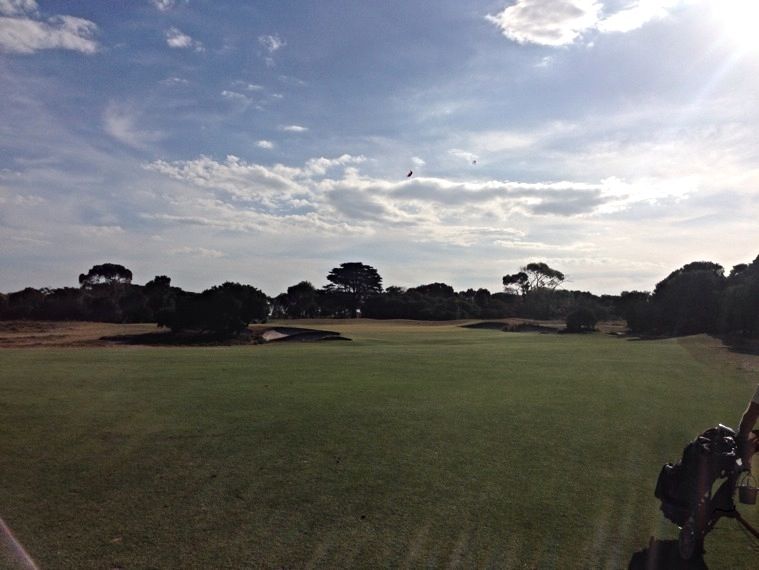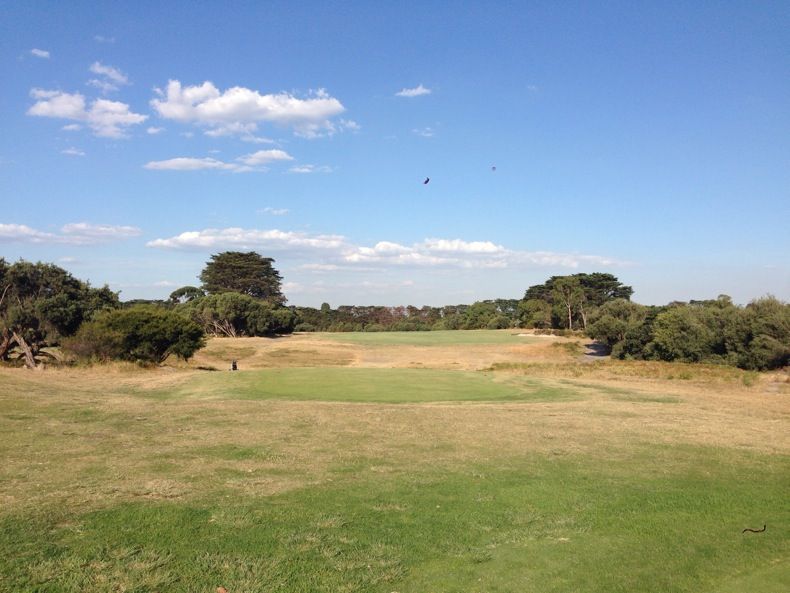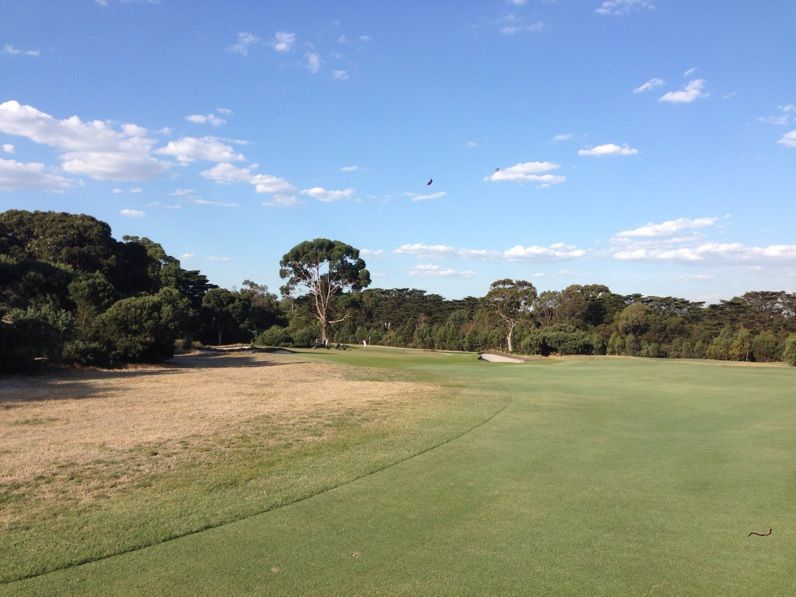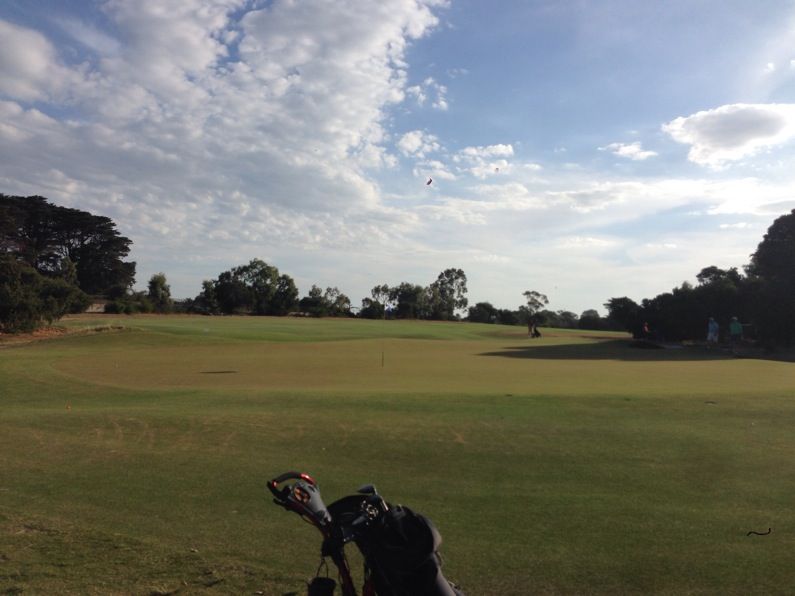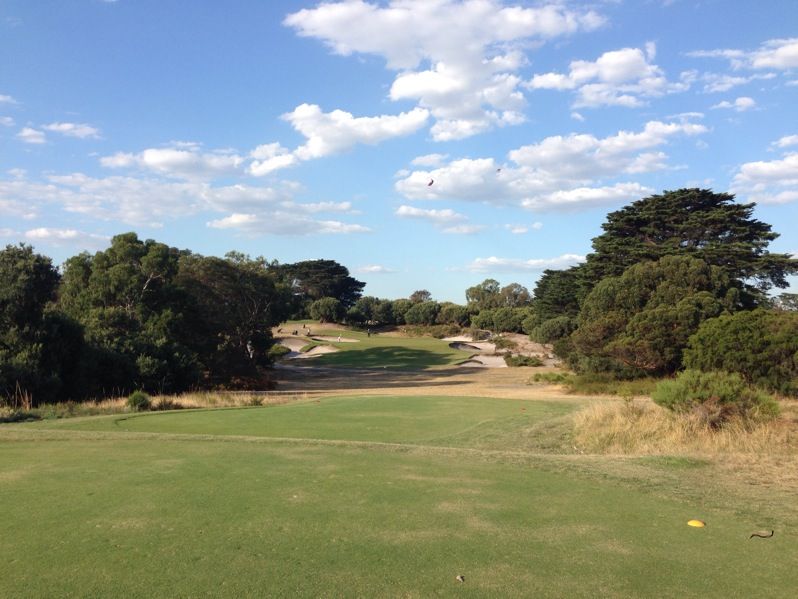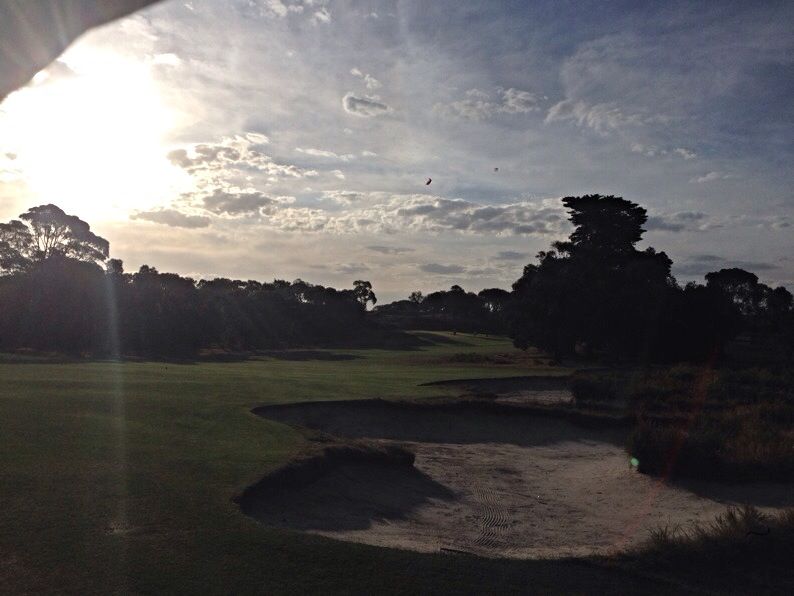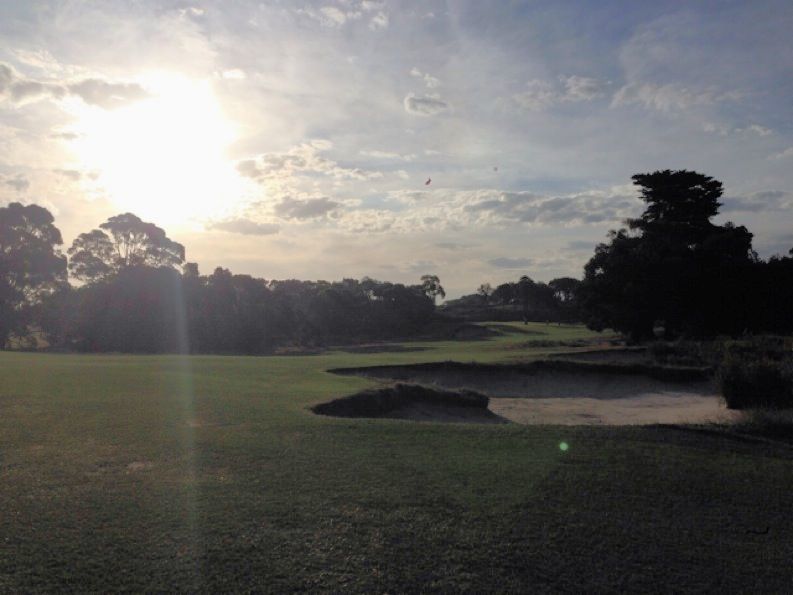THE SEA RANCH GOLF LINKS, CALIFORNIA
Today was my first round playing blades and persimmons. I chose one of my favorite courses for my inaugural round.
And I took some photos, so I hope you enjoy them.
The Course
Par 72 (36-36)
Tips: 6649 yards, 72.5/130
Blue: 6233 yards, 71.0/125
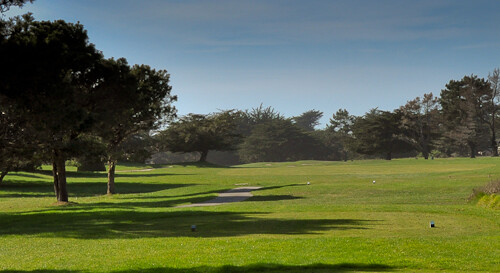
The Sea Ranch Golf Links is located along the Pacific Ocean on California Route 1 about 100 miles north of the San Francisco Bay Area. Its remote location (no major highways are anywhere near this location) allows for quite remarkably uncrowded conditions. For example, I was a walk-on today at about 11:00, and I played by myself with no waiting – today was a Saturday, and the weather was sunny and in the low 60’s.
It is a very tight course that asks some very good questions of the player. It is not a tricked-up course, but instead is designed based on some of the classic tracks in the British Isles. Even though the course is located along the ocean, it is not an oceanside course like a Pebble. It is more of a parkland style layout, with Number 8, a par 3, the only hole where you get to see some breaking surf.
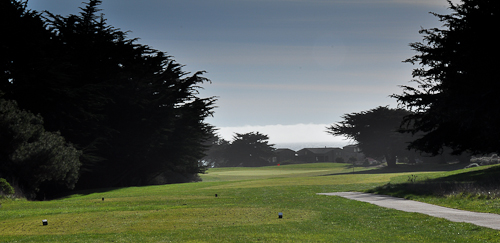
Robert Muir Graves designed the course. He died a little over 10 years ago and is one of the more well-known California golf course architects – his courses are all over California. He became known in the 1960s when he redesigned Lake Merced CC in San Francisco. Later, Graves settled in Bend, Oregon but maintained a second home in The Sea Ranch, a small coastal community of minimalist houses that are designed to blend into one of the most beautiful spots on this planet. It is a famous enclave among the world’s architects. And Graves kept his design of the local course to mimic the philosophy, as The Sea Ranch Golf Links is one of the early examples of natural, minimalist golf architecture. The front nine opened in 1973, and the back nine was completed several years later.
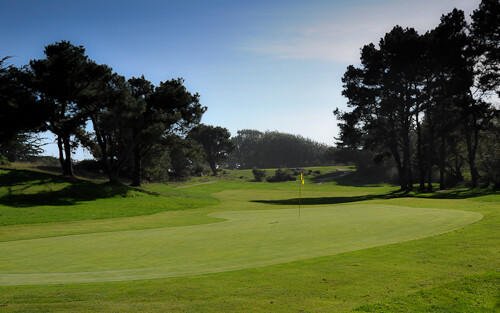
One of the features of the course is that it is not kept ‘pristine’ as defined by today’s standards. For example, during dry seasons, the course is brown and hard. Even today, after a good wet stretch of a few weeks, there are lush portions of fairways as well as thin and hard ones. And the greens are overall nice but with some rough spots (and occasional deer tracks). Being isolated, this area has expensive water, so to maintain economic viability with low playing traffic, the course is managed in a pretty bare-bones way with some volunteers pitching in. For me, this just adds to the course’s specialness.
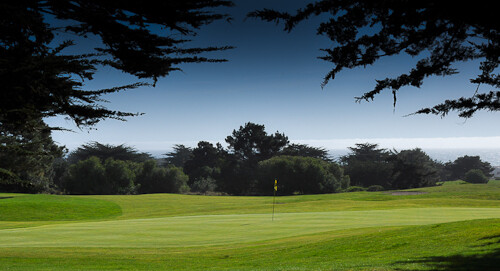
The proshop is small and simple, with very little equipment, clothing, and food/drink, and the local pro (I’m assuming he is one) seems idle a lot of the time. Occasionally, one of the local residents might be tending the cash register instead. It’s not imposing to the environs, just like the community of The Sea Ranch.
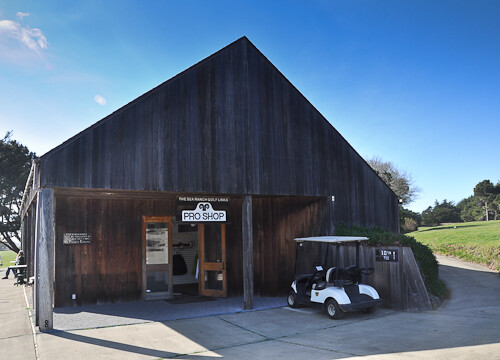
As you might imagine, the ocean breeze plays its part in every round I’ve played here. A prevailing northwesterly wind results in 9 holes playing into the wind, 6 holes having a nice tailwind, and 3 holes with a cross breeze. I’ve played about 6 rounds here, and only one had a reverse southerly wind. That completely changed the course. But today was the normal direction, and not more than an occasional gust of perhaps 15 mph.
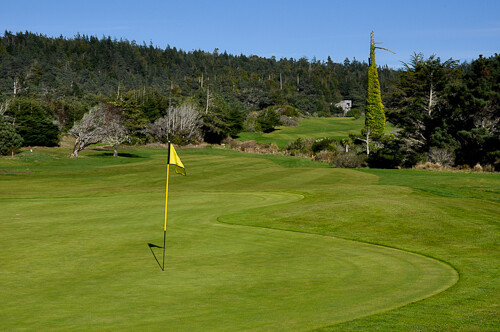
The only downside of this track – and perhaps I’m in the minority – is that there are too many houses. In all, 10 holes have a noticeable number of homes within reach at some point of the fairway, leaving only 8 holes completely or relatively dwelling-free. But the homes are the reserved style of The Sea Ranch and don’t make you feel you are at a resort.
And by the way, this is not a resort, but instead is a collection of a few hundred houses, many of which are rented as vacation homes. On the occasion that I have played with somebody else here, they are usually a resident or a visitor who is renting a home for a long weekend or a couple of weeks. Only once have I played with someone who lives locally outside of The Sea Ranch (a gentleman who lived in the nearby coastal town of Gualala).
People come here not only from the nearby Bay Area but also from all parts of the world to rent a house for a few days to a few weeks. There is great hiking and a stunningly beautiful coastline. Because of its remote location, golf is usually an overnight affair even if you are from Northern California. But the whole experience is really worth it.
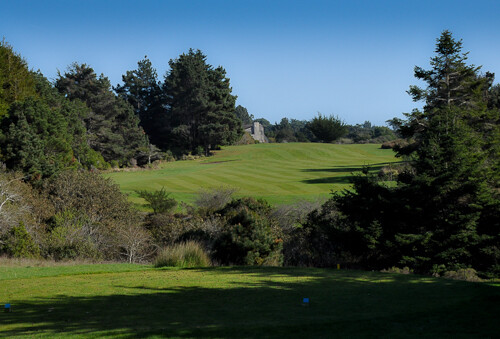
The Round
Front Nine: +12 (48) 1/7 Fairways 0/9 Greens 20 putts
Back Nine: +2 (38) 5/7 Fairways 4/9 Greens 15 putts
To say the least, it took me a while to get used to the new blades and persimmons. Heavy, flat, and stiff is a brand new experience for me. So what were the problems and challenges?
I hit the long irons fairly straight, when I hit them square.
I hit the medium irons a tiny bit right, when I hit them square.
And I hit the short irons 15 degrees or more right, when I hit them square.
And the ball hit with the woods did exactly what I told it to do: a stalled pivot caused a draw/hook, and a crappy swing caused a crappy swing (fat, thin, etc.).
I knew all of that was coming based on my little bit of range work with the new sticks.
But the biggest surprise was the effect of the clubs on my short game.
Because of the weight, the ball FLEW off the clubface compared with my old, light, cavity-back Ping Eye-2 irons. I was long on every pitch/chip, some of which ran right through the green.
But I didn’t dispair, BECAUSE THE BALL FELT WONDERFUL ON EVERY PITCH/CHIP. I just wasn’t used to the distance, and recalibrating my feel was an immense challenge.
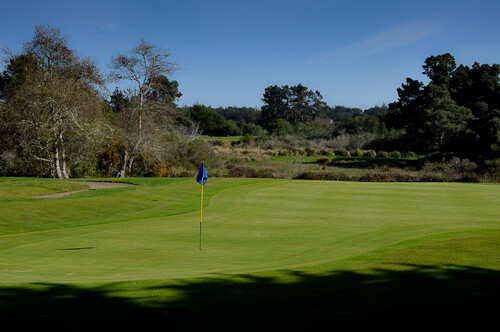
There was a glimmer of hope on the last 3 holes of the first nine, so I didn’t get too down.
And after starting the back with par, bar, birdie, the old juices flowed again.
I started hitting the ball square, I was finding the fairways, and my short game settled down.
And making a few putts never hurts.
The final hole featured my best shot ever with a blade. After a short drive with a 4-wood, I flushed a 2-iron: 205 carry, straight with a piercing ball flight, and it rolled through the green to the back rough. An up-and-down for a par was the proper way to reward that 2-iron that I might just remember for a while.
Since I’m only a Mod 1 student, I’m probably not swinging THAT much different than when I found ABS. But I am trying to pack in the arms/elbows more. And on the back nine, I discovered that when I made a really good powerful swing with a good pivot, the ball tended to end up in a good spot. Anything less or different, the results were quite different.
But on this very tight course, there were no lost balls or other types of penalty strokes.
This was a great experience to usher in a new chapter of my golf game. I look forward to a lot more.
I’m all in.
